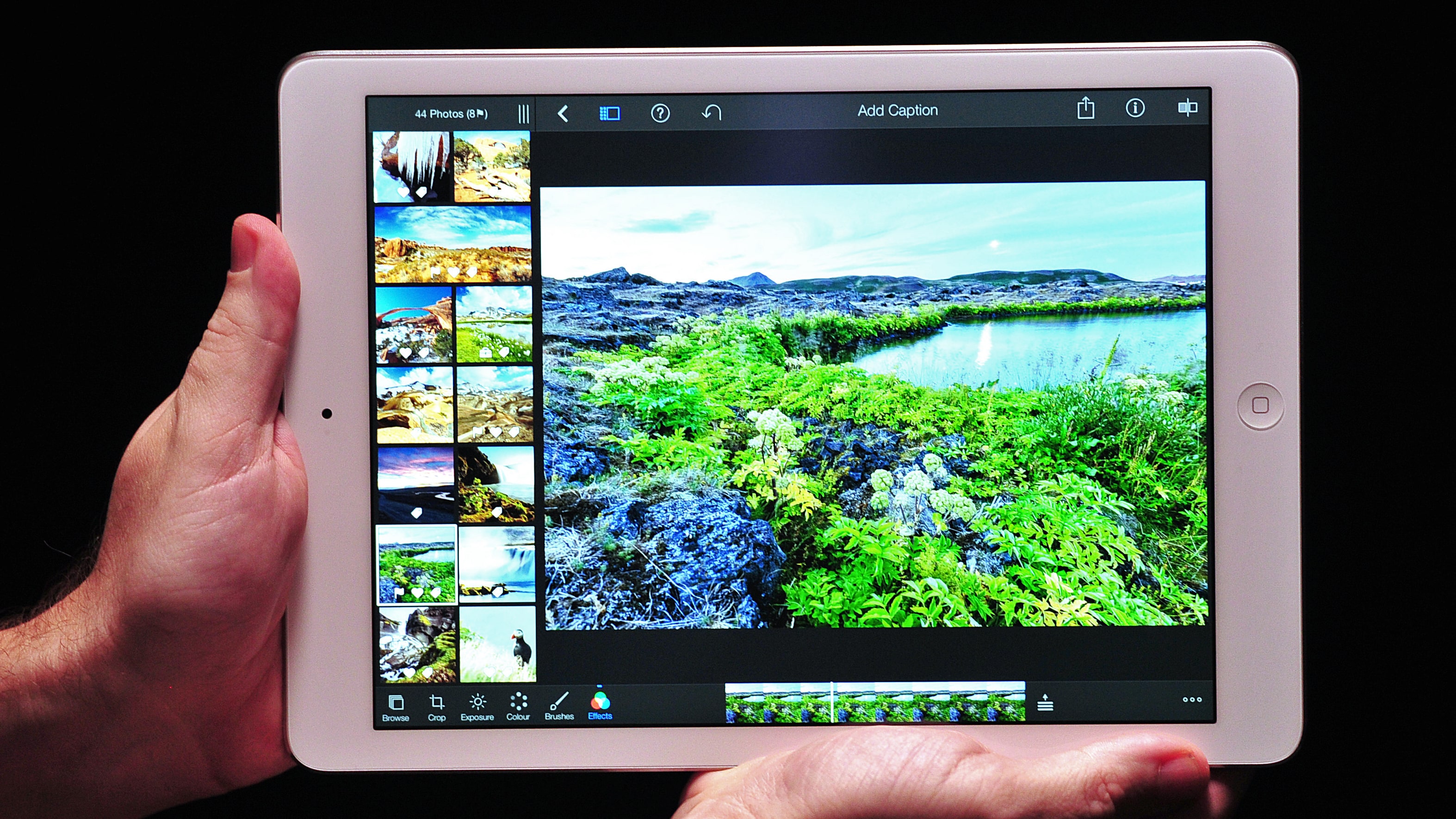
Sad news, Apple fans: the iPhone-making behemoth has reportedly sounded the death knell for two more of its classic products.
According to an internal memo seen by MacRumors, Apple plans to add both the Thunderbolt Display and first-generation iPad Air to its obsolete products list on May 31, meaning neither device will be eligible for repairs at Apple stores or other official Apple service providers after that date.
Both products were discontinued in 2016, but Apple typically supports the servicing of devices for up to seven years after it stops distributing them for sale (the last iPod, for instance, was officially condemned in 2022 but remains eligible for repairs).
Let’s start with an obituary for the Thunderbolt Display, which is – or should that be was? – a 27-inch flat panel computer launched by Apple in 2011.
Boasting a 1440p resolution, a 720p camera, three USB 2.0 ports, a Gigabit Ethernet port, a FireWire 800 port and, of course, a Thunderbolt port, the display was priced at $999 / £899 / AU$1,199, and intended as “the ultimate docking station for [a] Mac notebook” (per Apple’s 2011 press release titled ‘Apple Introduces World’s First Thunderbolt Display’).

In our review of the device, we described the Thunderbolt Display as “an oddly tricky product to sum up.” TechRadar’s Christopher Phin wrote at the time: “The panel itself is typical Apple fare: very good if not stellar, and when judged in isolation, dizzyingly overpriced. If you have a Thunderbolt-equipped Mac, however, especially if it's a notebook, the sheer convenience of the display is beguiling.”
The Thunderbolt Display wasn’t officially succeeded by another Thunderbolt product following its discontinuation in 2016, though last year’s Apple Studio Display – which retails for $1,599 / £1,499 / AU$2,499 – is essentially the screen’s modern-day equivalent.
Sign up for breaking news, reviews, opinion, top tech deals, and more.
The original iPad Air was released two years later than the Thunderbolt Display, in 2013, but was also discontinued in 2016. Just as the original MacBook Air provided a lightweight alternative to Apple’s chunkier MacBooks, this super-thin tablet championed the company’s 'easier to live with' ideal by being 20% thinner, 28% lighter, and having 43% narrower display bezels than the iPad preceding it.

Boasting a 9.7-inch display, an A7 chip and a starting price of $399 / £319 / AU$499, the iPad Air – which former TechRadar chief Gareth Beavis described as “the best tablet on the market” in his 2016 review – proved immensely popular with Apple fans; so popular, in fact, that Apple released four more of them – the iPad Air 2, iPad Air 3, iPad Air (2020) and iPad Air (2022) in 2014, 2019, 2020 and 2022, respectively. A sixth iteration of the tablet, the iPad Air 6, is rumored to be on the way soon, too.
As the original iPad Air heads to the graveyard, then, Apple fans can take comfort in the knowledge that the company’s first truly slender tablet got the ball rolling on a wildly successful product line. And hey, if you’ve still got one tucked away in a drawer somewhere, why not take it for one last spin? TechRadar’s Senior Audio Writer, Becky Scarott, insists that she won’t be throwing her iPod Classic away any time soon…

Axel is TechRadar's Phones Editor, reporting on everything from the latest Apple developments to newest AI breakthroughs as part of the site's Mobile Computing vertical. Having previously written for publications including Esquire and FourFourTwo, Axel is well-versed in the applications of technology beyond the desktop, and his coverage extends from general reporting and analysis to in-depth interviews and opinion.
Axel studied for a degree in English Literature at the University of Warwick before joining TechRadar in 2020, where he earned an NCTJ qualification as part of the company’s inaugural digital training scheme.